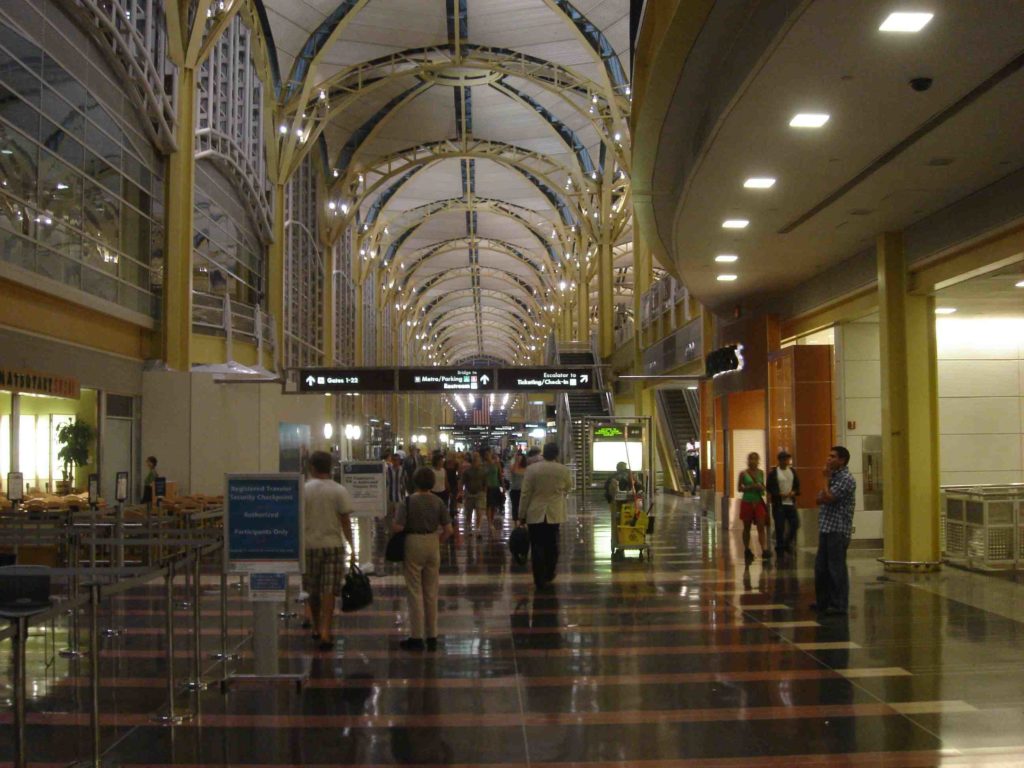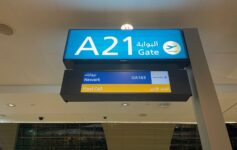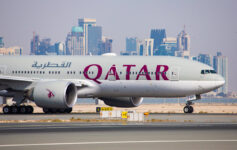Do you ever wonder why there are so few transcon and longer flights scheduled to/from DCA? Like similar restrictions at LaGuardia and Dallas Love, a perimeter rule prohibits most flights longer than 1,250 miles from Ronald Reagan Washington National Airport.
It was no coincidence that the flight restrictions just happened to be phased in around the time DFW, IAD, and JFK (then Idlewild) were opened. The goal of the perimeter rules was to steer passengers and airlines away from the more convenient local airports and nurture the new airports to success.
Over the years, the rules have weakened a bit. The Wright Amendment, placing the perimeter rule around Dallas Love, has been repealed, though flight restrictions remain until 2014. Exceptions have been carved out from DCA’s perimeter rule that include the following flights:
-
United once daily to Denver
- US Airways three times daily to Phoenix and once daily to Las Vegas
-
Frontier three times daily to Denver
- Alaska twice daily to Seattle and once daily to Los Angeles
- Delta once daily to Salt Lake City
Now some western politicians want the rules at DCA relaxed further.
Not surprisingly, Mark Warner and Jim Webb, Virginia’s two U.S. Senators are crying foul and actively working to block the expansion. They claim a deal was made to the residents around DCA and it would be unconscionable to alter the terms of the bargain.
But here’s where I have trouble following the opponents of a looser perimeter rule at National:
The move resurrects a campaign by western lawmakers and the airline industry that has infuriated residents of Arlington and Fairfax counties and Alexandria, many of whom oppose longer flights because they might require larger, heavier planes that make more noise.
“I’m horrified,” said Leo Schefer, president of the Washington Airports Task Force, a nonprofit group that has fought to limit National’s capacity. “It’s a bunch of Western senators meddling with our local community. How would they feel if we started meddling with their community?”
First, larger planes are not necessarily louder than smaller planes. Second, longer routes do not necessarily mandate larger planes. UA, for example, uses a mix of single-aisle Airbus and Boeing 757s from Chicago and Denver to National. It is extremely likely that new non-stop service from Los Angeles and San Francisco would be on the same type of aircraft. The worries are misplaced. The only legitimate concern is over an increase in the number of flights each day, not in where the planes are coming from.
The perimeter rule may more aptly be named the political rule. The new rules would allow legacy carriers an additional 48 flights per day beyond the perimeter rule, though most new flights would have to utilize existing slots (some early morning and late evening slots are currently unused). Smaller airlines would be given ten additional slots. And then this:
Of the flights reserved for small carriers, four would have to offer service to two airports in West Texas, a provision introduced by [U.S. Senator Kay Bailey] Hutchison, the ranking minority member of the Commerce Committee [and resident of West Texas].
How convenient…
While I appreciate that some neighbors are up in arms, I once lived three miles from National Airport and would have loved the chance to fly non-stop to Los Angeles or San Francisco on United from DCA. It’s tough to live near an airport if your windows are constantly rattled by aircraft above, but I would hazard a guess that most of the current residents in Alexandria and Crystal City have not been around as long as the airport has. They knew what they were getting into.
Slot restrictions are another matter, but I don’t see how anyone can argue that the perimeter rule is still needed at National. Dulles has grown and will not be hurt by the loosening of the rule. It will remain an international hub and I suspect many will choose Dulles over National when connecting on United due to UA’s vast departure schedule from its East Coast hub.
Though this latest measure clearly caters to western politicians, the effect might be cheaper fares into DCA, which would benefit more than just Congresscritters.

photo © Matthew Klint




This is the best discussion of the issue I’ve seen so far. Opponents like to point at federal interference to local affairs, which is being disingenuous, since the federal government already operates DCA through MWAA. In my opinion, the proposed changes will not drastically increase traffic frequency or noise levels at DCA. Ultimately, it’s the physical size and capacity of DCA that will determine how far they can go with adding long haul flights there.
@Dan: Thanks for your comment.